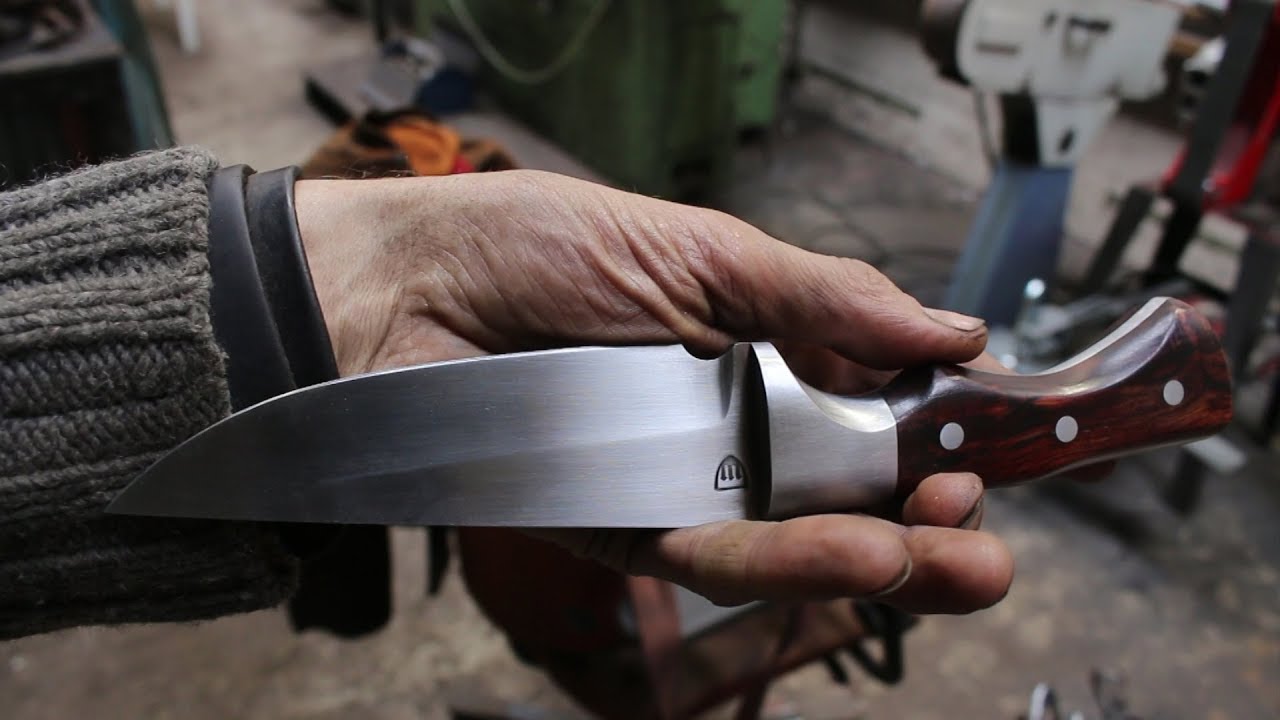With the vast variety of knives on the market, it can be difficult to know which knife you need. Choosing a knife is not hard, though, if you know what you’re looking at.
When preparing to buy a knife, the first question to ask yourself is: what you are going to use it for?
For example, is this going to be a blade you’ll use to cut open packages, to cut through string or rope, and other normal daily uses such as these?
Are you a knife collector? If so, you may be in the market for unique or specially made knives.
Are you going to use your knife for basic survival or in a situation involving the armed forces? A high grade knife might be in order, as it could save your life in certain situations such as these!
Will the knife you purchase be used for cutting your catch after fishing or hunting? Some knives are made specifically for this usage.
Is your application more related to basic outdoor activities such as camping, mountain climbing, hiking, etc? Your budget may be a factor, as the sharpness and long-term durability these types of knives may not be as critical as some other purposes. That may vary on how often you engage in such activity as well.
A primary feature that you should think about is whether you need a fixed-blade or whether a folding knife would suit your purpose.
A fixed-blade can be very reliable and can be used immediately. There is no folding mechanism to break or malfunction, but they are not as compact.
Folding knives have a blade that locks in place, are typically safer and easier to carry, and can offer better dependability. Some are simple enough to open with one hand using a blade-hole, thumb-stud or other similar feature.

First, look at the materials out of which the handle is manufactured. You want a good strong grip no matter what your application will be. Comfort could be a factor, so look for a knife that fits the size and shape of your hands and will not be a strain or cause cramping after any potentially long periods of use.
You might also consider if its handle is weather-proof or not. This could be an issue if your application will take place primarily outdoors.
Finally, you will want to be sure that the handle is appealing aesthetically. If this will be your primary knife, this becomes an even more crucial factor to consider as you’ll be looking at this knife a lot (and perhaps showing it off to friends or colleagues).
Secondly, the blade itself needs to be made of material capable of: preserving its edge after extended use, defending against corrosion, and being simple to re-sharpen. There are several blades at a range of price points which will offer such benefits at varying degrees.
The last thing to consider is what type of warranty is offered. Depending on the dollar investment made, you may want to be sure the manufacturer will back up their product should it ever stop working at peak performance or in the manner in which is intended and/or promised.
Conclusion
Follow these tips, and you will be well on your way to choosing the knife that is what you need. If you need any help choosing a knife, please don’t hesitate to contact us.
*
Be the first to comment.